Introduction to AC asynchronous motors for electric vehicles
AC asynchronous motors used to drive electric vehicles are mainly composed of stators, rotors and related components. AC asynchronous motors are the most widely used motors and have unique characteristics compared with other electric vehicle motors.
1. Composition of electric vehicle AC asynchronous motor

Illustration: Structural diagram of electric vehicle AC asynchronous motor
01. Stator
The stator consists of a shell, a stator core and a stator winding.
Stator core: Generally made of laminated silicon steel sheets with a thickness of 0.35~0.5mm. The inner circle of the silicon steel sheet is punched with evenly distributed slots, which can accommodate the stator windings.
Stator winding: It is connected by three windings that are 120° apart in space, arranged symmetrically, and have exactly the same structure.
02. Rotor
The rotor consists of rotor windings and rotor core. The rotor core is made of laminated silicon steel sheets and is nested on the rotating shaft. It has the same function as the stator core, that is, the core itself is used as a magnetic conductor, and the evenly spaced slots on the outer circle are used to place the rotor windings.
2. Basic principles of AC asynchronous motors for electric vehicles
When a current flows through a metal wire, a circular magnetic field will be generated in the space around the wire. The direction of the magnetic field can be determined according to the "right-hand spiral rule": hold the wire with your right hand and let your thumb point in the direction of the current, then the other four The direction in which the finger bends is the direction in which the magnetic field lines wrap.
The three-phase stator windings of the AC asynchronous motor are 120° spatially different from each other and connected in a star (Y) or triangle (△) shape, as shown in the figure as U, V, and W three-phase windings.

Illustration: stator winding arrangement
When iu, iv, iw, and three-phase alternating current are passed through the three-phase winding, as shown in the figure, it can be seen from the right-hand spiral rule that a magnetic field will be generated around the three-phase winding, and the magnetic field will change with the change of the current. Change, when the magnetic field around the three-phase winding is synthesized, a rotating magnetic field will be formed:

Illustration: three-phase alternating current waveform input to the stator winding
When the rotor winding is in a rotating magnetic field, the rotor winding will generate an induced electromotive force due to cutting of magnetic field lines. The direction of the induced electromotive force can be determined by the right-hand rule. Since the rotor winding is closed, an induced current will be generated. Due to the generation of induced current, the rotor winding will be affected by electromagnetic force in the magnetic field. The direction of the force can be determined by the left-hand rule. Since both sides of the closed loop of the rotor winding are acted upon by two electromagnetic forces in opposite directions, electromagnetic torque will be generated, causing the rotor winding to rotate in the same direction as the rotating magnetic field.
3. Characteristics of AC asynchronous motors for electric vehicles
Compared with brushed DC motors, AC asynchronous motors have the following advantages:
① Higher efficiency: AC asynchronous motors are more efficient than DC motors. This feature is particularly important for electric vehicles with limited on-board energy.
② Simple structure, small size and light weight: Compared with DC motors, the AC asynchronous motor rotor has a simple structure, small size and light weight.
③ Reliable operation and long service life: AC asynchronous motors have no brushes and commutators, and there is no commutation spark problem, so they have high operating reliability and long service life.
④ Maintenance-free: There is no commutation spark problem or brush wear problem, so no maintenance is required during use.
The disadvantages of AC asynchronous motors are as follows:
① The speed regulation performance is relatively poor: Due to the slip ratio between the rotor speed and the rotation speed of the stator rotating magnetic field, the speed regulation performance is poor.
② The cost of the accompanying controller is relatively high: The control of AC asynchronous motors is relatively complex, and the cost of the accompanying controller is relatively high.
4. Control of electric vehicle AC asynchronous motor
The control of AC asynchronous motors is generally divided into two types: vector control (FOC) and direct torque control (DTC).
01. Vector control
The idea of vector control is to simulate a DC motor, find the magnetic field and armature current corresponding to the electromagnetic torque of the AC motor, and control them respectively. Its characteristics are as follows:
① It can be controlled from zero speed, and the speed adjustment range is very wide.
② The speed control response speed is fast and the speed regulation accuracy is high.
③ The torque can be controlled more accurately, and the acceleration characteristics of the motor are also very good.
④ The system is greatly affected by changes in motor parameters, and the calculation is complex and the control is relatively cumbersome.
At present, the vector control theory is relatively complete and increasingly mature, and can basically meet the power requirements of electric vehicles.
02. Direct torque control
Under the stator coordinates, the flux linkage and torque of the motor are calculated by detecting the motor stator voltage and current, and based on the difference obtained by comparing with the given value, direct control of the flux linkage and torque is achieved. It is not affected by changes in rotor parameters with rotational speed, simplifies the control structure, and has fast dynamic response, so it has received widespread attention. Its characteristics are as follows:
① The speed regulation accuracy is high and the response speed is fast.
② The calculation is simple, the control idea is novel, the control structure is simple, and the control means are direct.
③ The physical concept of signal processing is clear and the dynamic and static performance is good.
④ The speed regulation range is narrow and the low-speed characteristics have pulsation.
In terms of technical implementation, it is often difficult for direct torque control to demonstrate its superiority. The speed regulation range is not as wide as that of vector control. The root cause is mainly the existence of torque pulsation and the decrease in load capacity at low speeds. These problems restrict direct torque control. Moment control has entered the process of practical application.











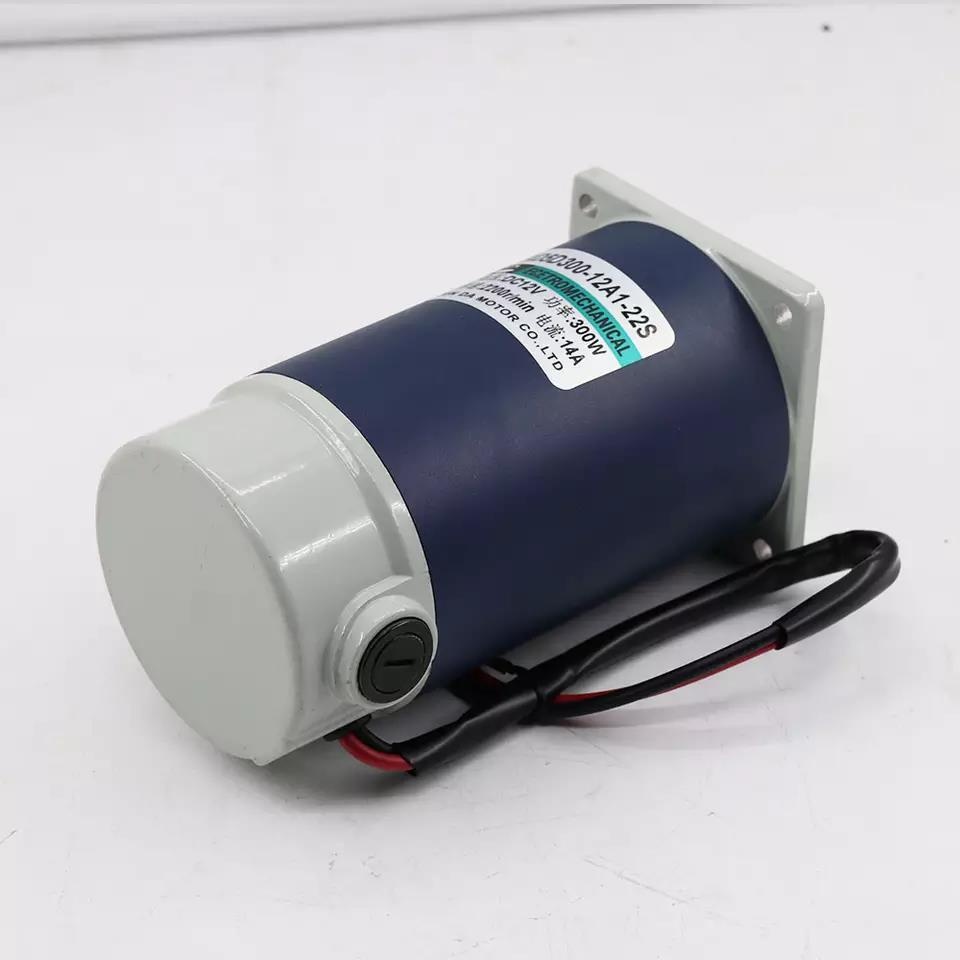


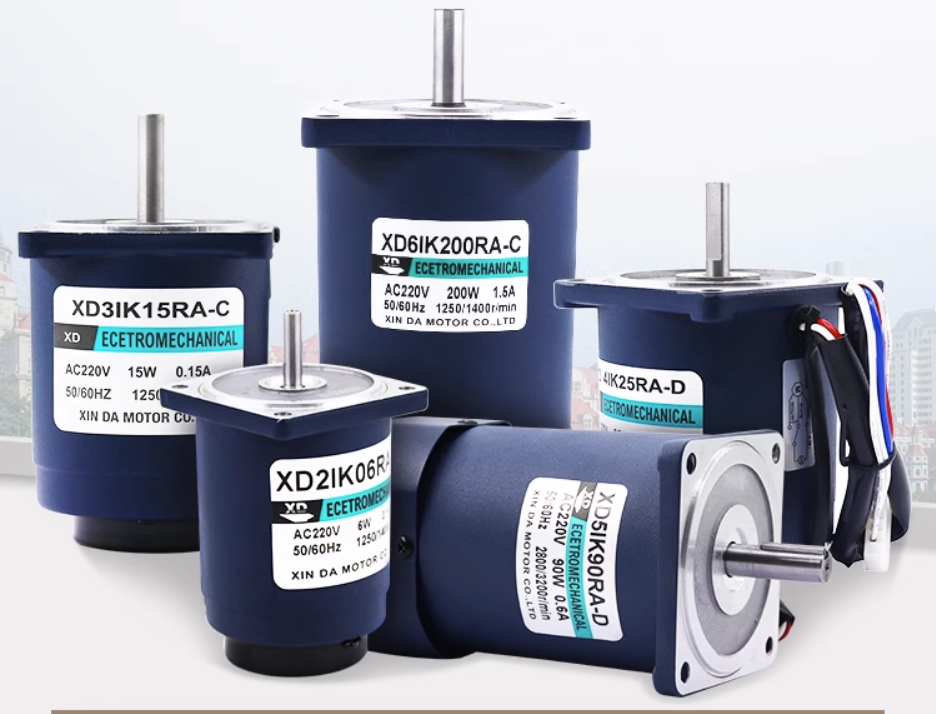


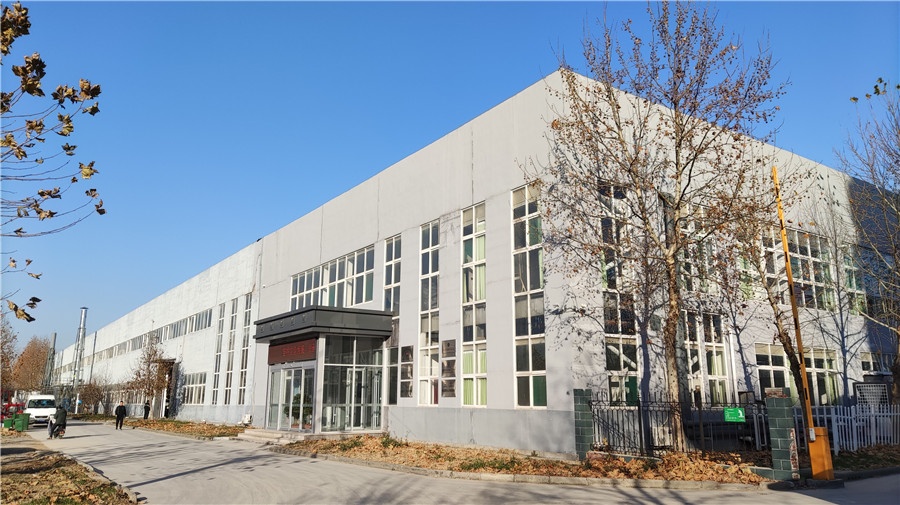
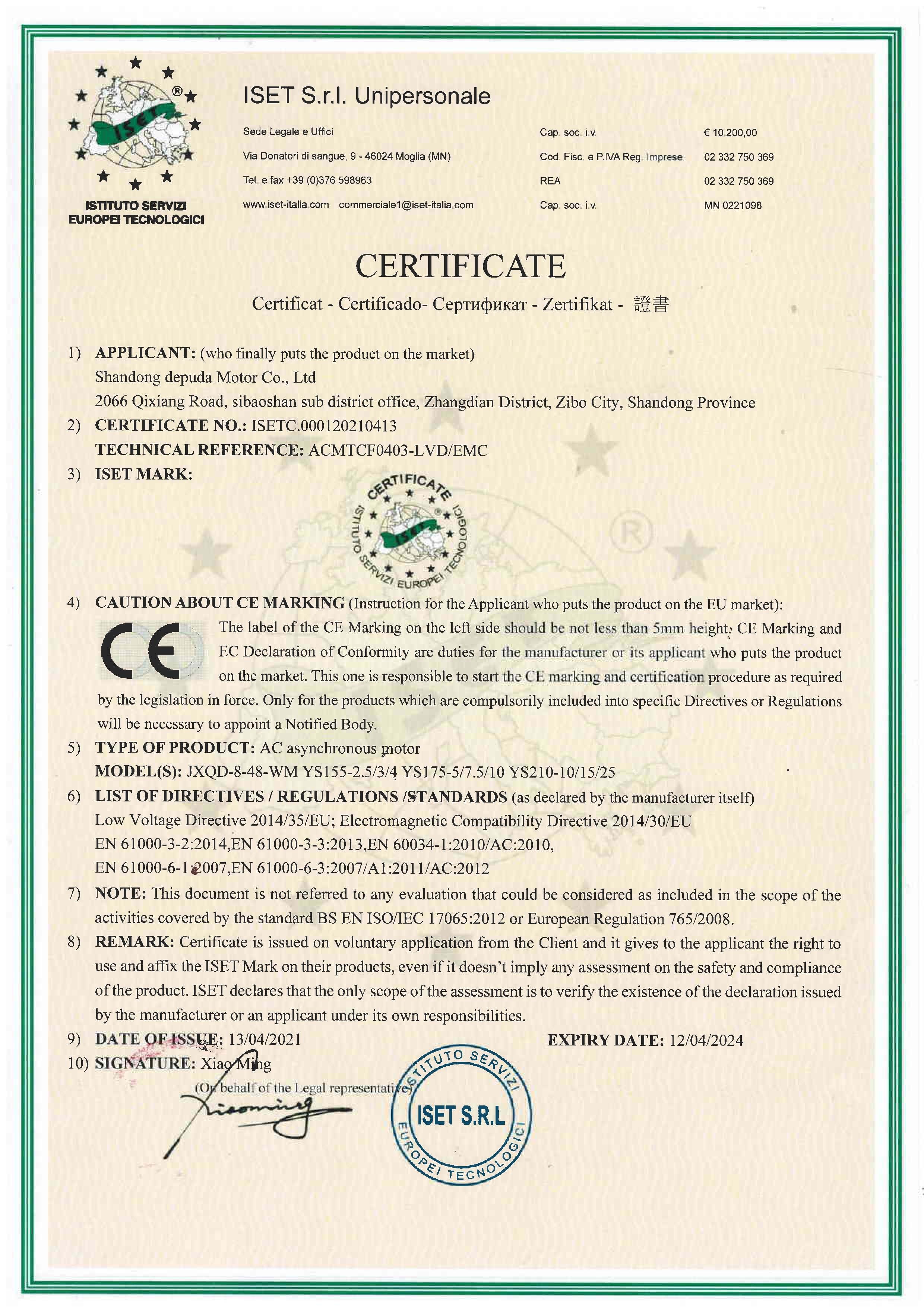
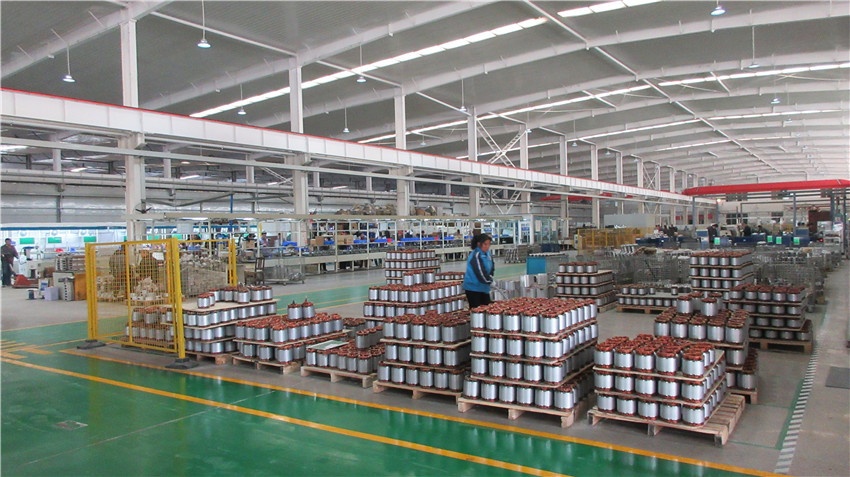
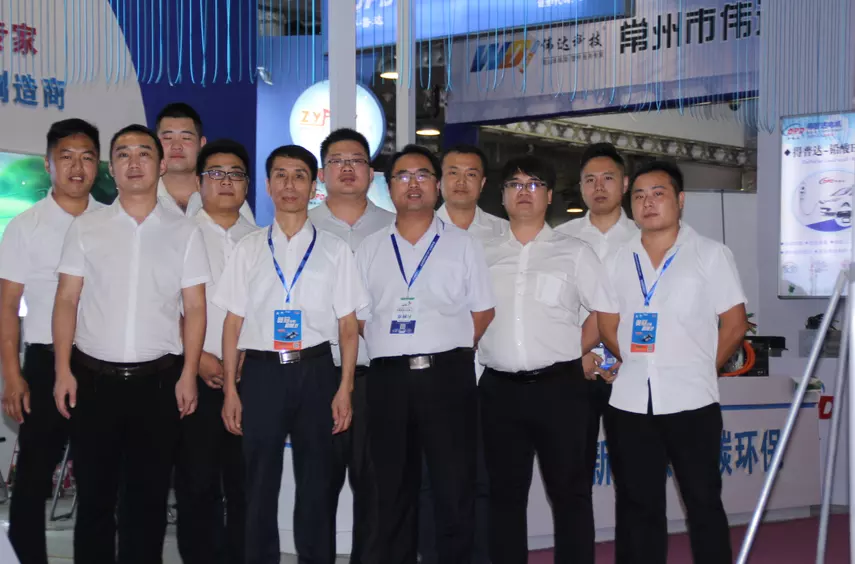


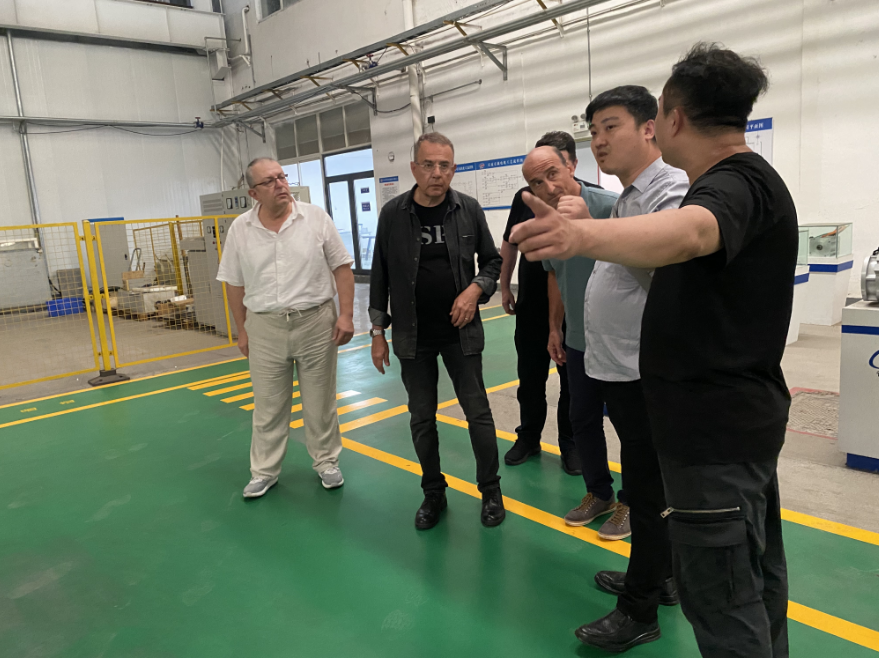
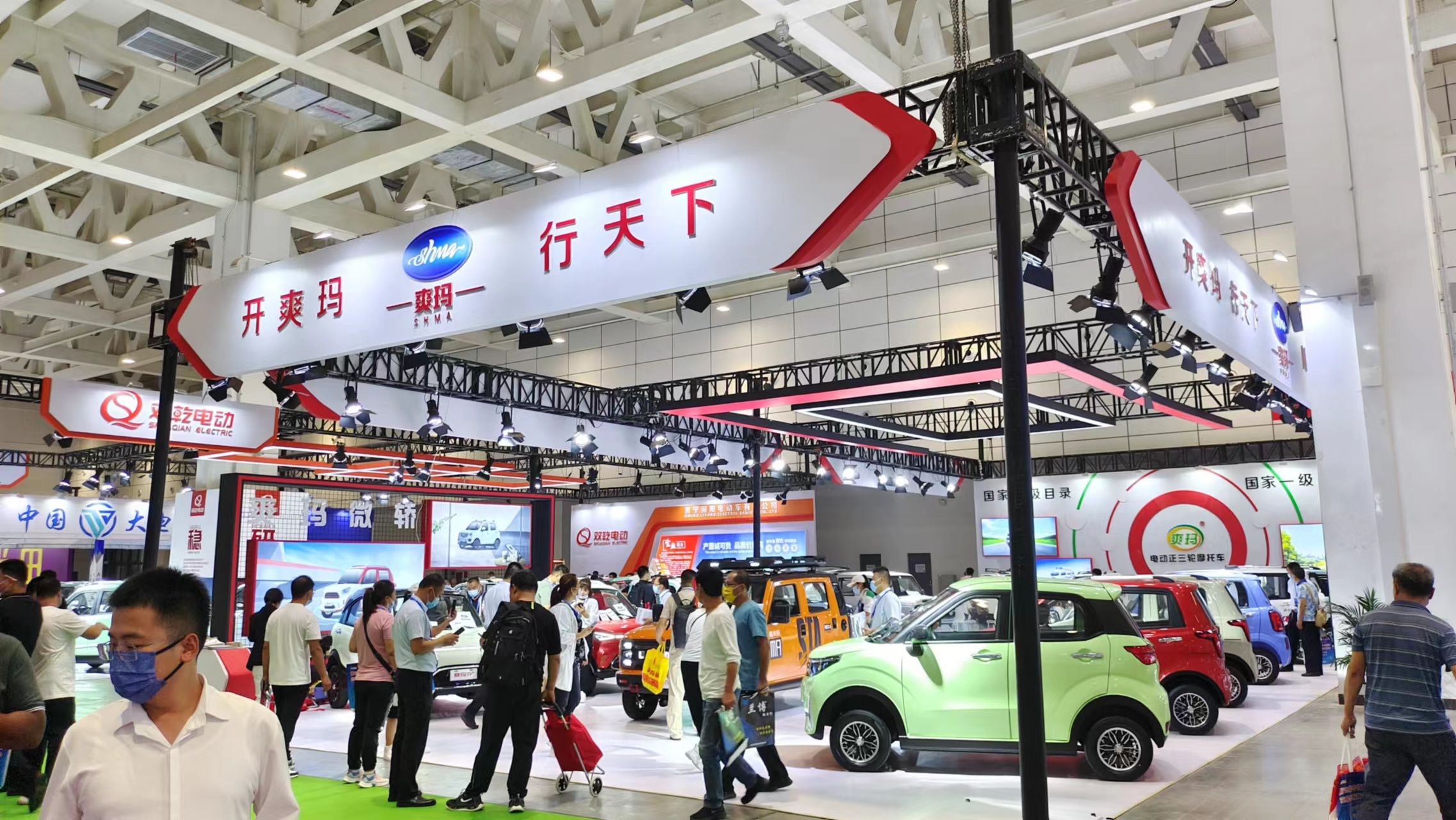


 XINDA
XINDA